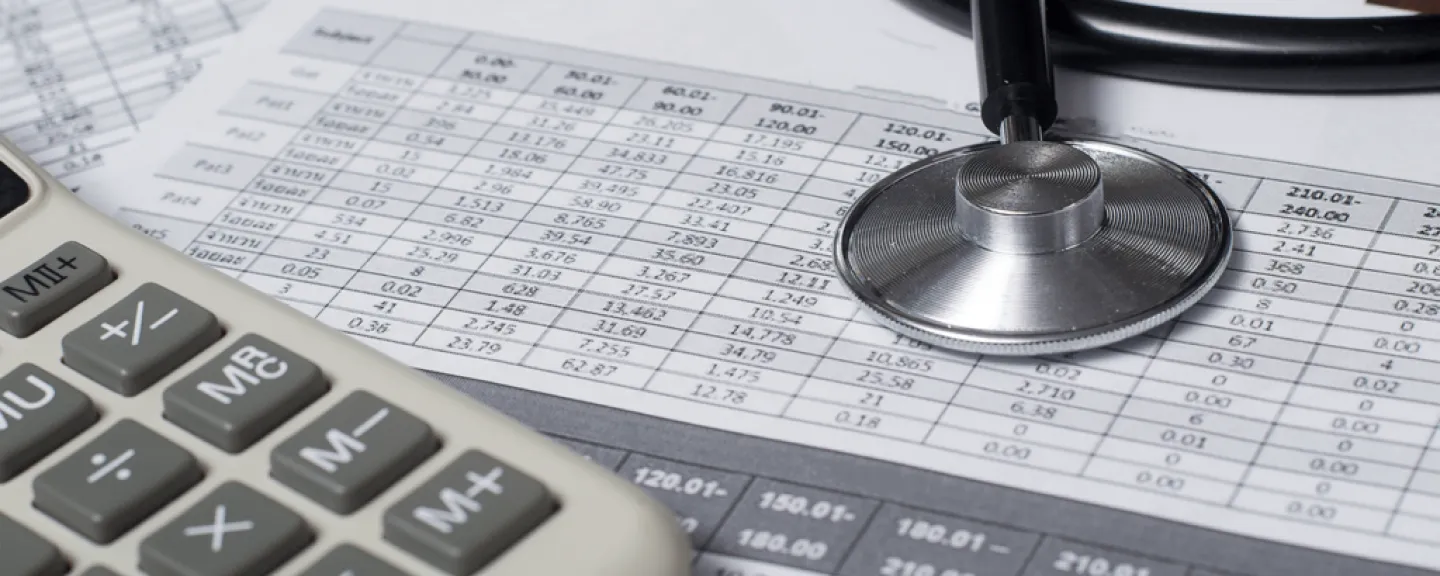This is part of the Modifier Series, the articles include:
Modifier 53 is outlined for use on CPT codes in order to indicate discontinued services. This means it should be applied to CPTs which represent diagnostic procedures or surgical services that were discontinued by the provider. Modifier 53 is for professional physician services and would not apply to ASC procedures. Most often, the discontinuation of the procedure is due to unforeseen extenuating circumstances that could threaten the wellbeing of the patient if the service were to be performed.
Now, modifier 53 is somewhat similar to modifier 52 for reduced services, but please note these two are distinctly different as far as how they should be correctly used. These modifiers can be confusing, and applying them incorrectly can lead to underpayment or even denials. We’ll be examining and clarifying modifier 52 in a later article in this series, so for now, let’s take a closer look at modifier 53 and when it would apply.
Why Modifier 53 is Important
Modifier 53 could almost be referred to as a forgotten modifier; practices forget or simply never learn how to appropriately use it. This is partially because there’s no set definition for ‘extenuating circumstances,’ leaving it open to interpretation and diminishing appropriate use. It’s especially unfortunate how disused modifier 53 is, because by not using it, practices miss out on partial payment for the work that was done by getting reimbursed for the expense of procedural prep. Using modifier 53 when the procedure is discontinued also ensures the chance for the provider to fully bill that same procedure later, when it can be performed in its entirety.
Defining Modifier 53
As noted earlier, the qualifying discontinued service codes for modifier 53 are very specific. CPT® Appendix A states, “…. due to extenuating circumstances or those that threaten the well being of the patient, it may be necessary to indicate that a surgical or diagnostic procedure was started but discontinued. This circumstance may be reported by adding the modifier ‘53’ to the code reported by the physician for the discontinued procedure.”
Circumstances for applying modifier 53 would not include a change to the procedure that was planned or expected by the provider, so first and foremost you’ll need to know why the provider decided to cancel the procedure after they’d already begun. Another important thing to note is that 53 should be used after surgical prep and/or anesthesia is administered, hence discontinued, which indicates a procedure was started in the first place. To help illustrate when an applicable situation could arise, let’s look at examples of modifier 53 in use.
Clinical Scenarios
Correct Use of Modifier 53
Example One:
A patient is seen in an oncology office for treatment of menorrhagia and the physician decides to do an endometrial biopsy. When the provider attempts to perform this biopsy, however, she’s unable to carry it out due to the risk of uterine perforation. In this scenario, the doctor would bill 58100 -53 to indicate the biopsy was started but aborted because of the threat to the health of the patient.
Example Two:
A provider starts the procedure for a colonoscopy but is unable to advance the colonoscope to the proper location due to poor colon preparation. This provider bills 45378-53 to show the procedure was started but unable to be fully performed due to extenuating circumstances.
Example Three:
A surgeon has a patient under anesthesia and fully prepared to proceed with surgery. However, the physician cuts himself and therefore cannot carry out the operation. Modifier 53 may apply to the surgical CPT to indicate an extenuating circumstance that prevented the procedure from being performed. In this scenario, the surgical prep and anesthesia indicate the procedure had already begun but had to be discontinued.
When Not to Use Modifier 53
Modifier 53 would not apply for:
- Elective cancellation of a procedure
- Discontinued surgeries prior to anesthesia or surgical prep
- Evaluation and management (E/M) CPTs
- Time-based codes (such as for critical care)
Remember Your Supporting Documentation
Payers are very likely to request supporting documentation when you attach modifier 53 to your claims. Detailed documentation will help you secure appropriate payment for the work you did, so remember to notate the following:
- Each step of the procedure you were able to complete
- The percentage of the procedure that was performed (for example, 35% complete)
- Explanation of why you were unable to move forward with the procedure
Having this documentation complete and readily available for payer review can help you receive reimbursement in a much more timely manner.
DUMMYTEXT




